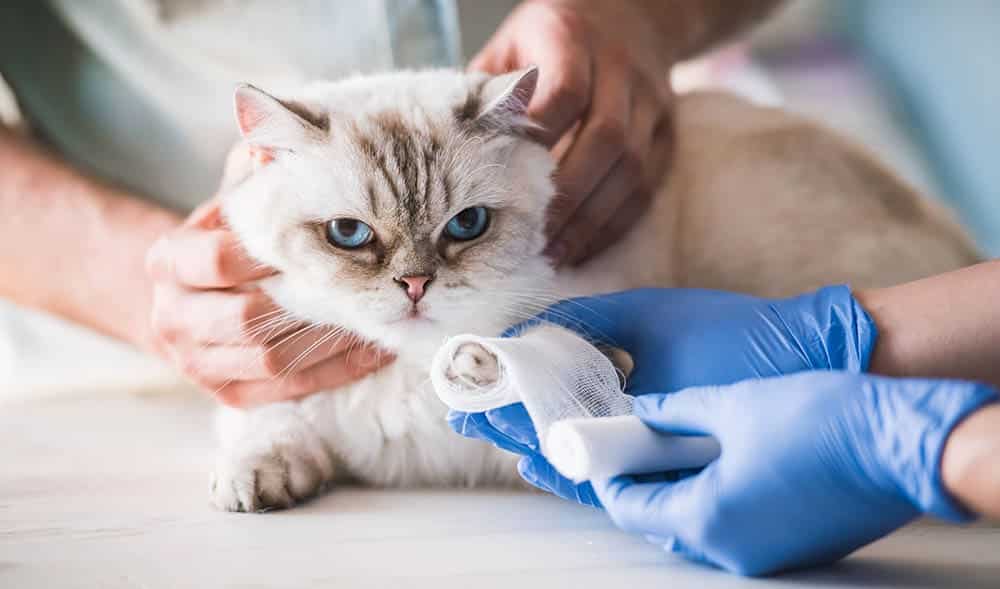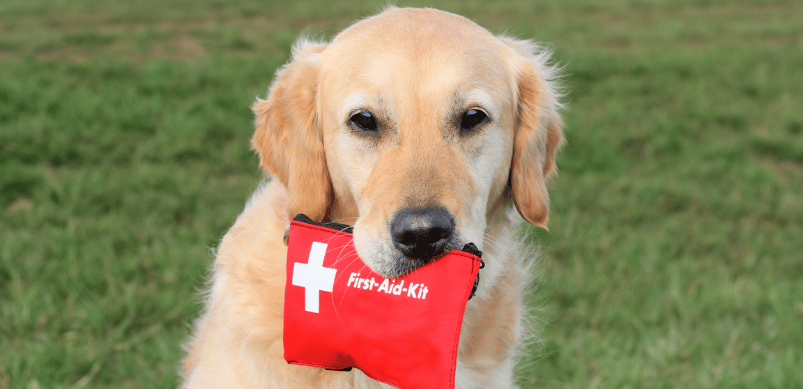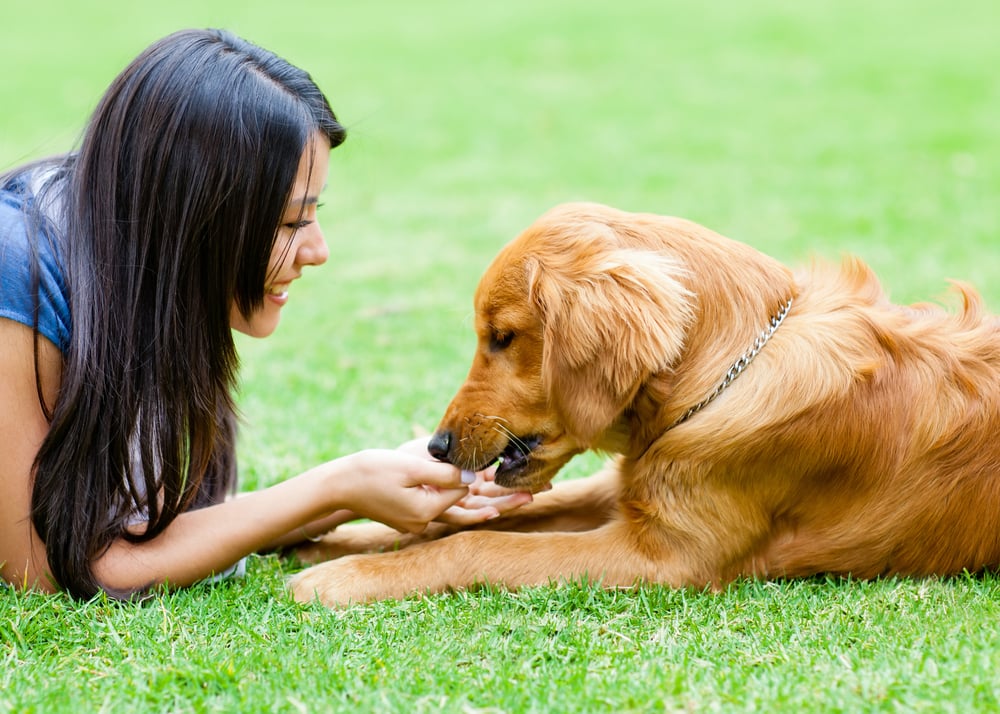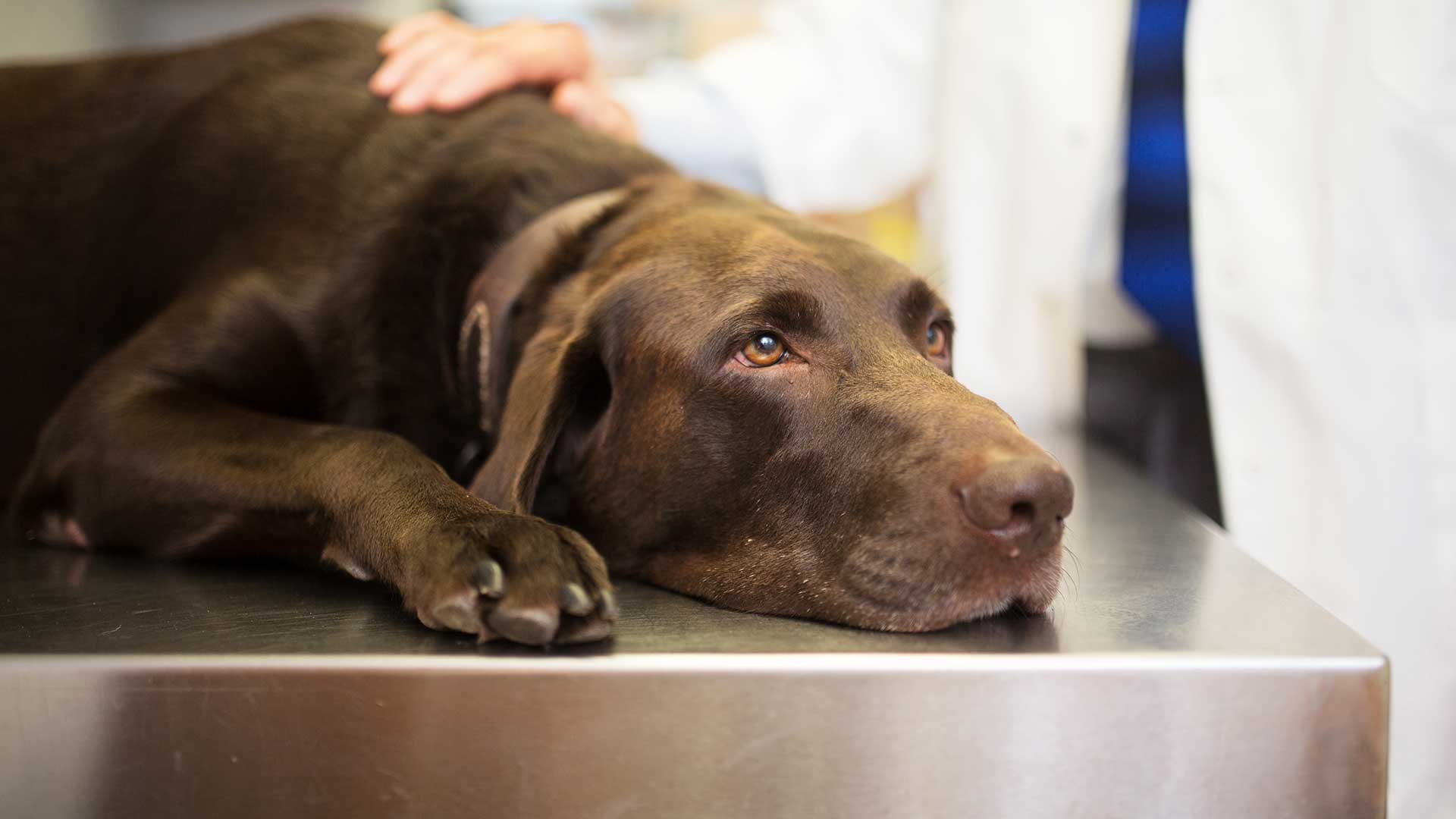When your furry friend gets hurt, it’s like a punch to the gut. You want to help, but panic can make your mind go blank. I remember the time my dog, Max, cut his paw on a sharp rock during a hike. Blood was everywhere, and I froze for a moment, unsure of what to do. Knowing the right first aid steps for animals can be a lifesaver—literally. This guide will walk you through the essential steps to provide immediate care for your pet in an emergency, ensuring you’re prepared to act calmly and effectively. From assembling a pet first aid kit to handling specific injuries, we’ll cover it all with practical advice, real-world examples, and a sprinkle of humor to keep things relatable. Let’s dive in and make sure you’re ready to be your pet’s hero.
Why Pet First Aid Matters
Pets are family, and just like any loved one, they can get into accidents or face sudden health issues. Whether it’s a curious cat swallowing something they shouldn’t or a dog with a scraped paw, first aid can stabilize your pet until you reach a veterinarian. Acting quickly and correctly can reduce pain, prevent complications, and even save a life. This article will equip you with the knowledge and confidence to handle emergencies, drawing from expert sources and my own experiences as a pet owner.
The Emotional Weight of Pet Emergencies
When Max yelped and limped toward me, my heart sank. I didn’t have a first aid kit, and the nearest vet was miles away. That experience taught me the importance of being prepared. Knowing first aid doesn’t just help your pet—it gives you peace of mind and the ability to stay calm under pressure.
Building Your Pet First Aid Kit
Before you can leap into action, you need the right tools. A well-stocked pet first aid kit is your first line of defense. Think of it as your pet’s personal emergency toolbox, ready for anything from minor scrapes to serious situations.
Essential Items for Your Kit
A pet first aid kit should be tailored to animals, as human supplies can sometimes do more harm than good. Here’s what you need:
- Gauze pads and bandages: For covering wounds (use vet wrap, not human adhesive bandages).
- Antiseptic wipes or solution: To clean wounds safely.
- 3% Hydrogen Peroxide: For inducing vomiting in dogs (only under vet guidance; not for cats).
- Digital thermometer: To check for fever (normal range: 100–102.5°F for dogs and cats).
- Tweezers or forceps: For removing splinters or debris.
- Muzzle: Even the sweetest pet may bite when in pain.
- Sterile saline solution: For flushing eyes or wounds.
- Blanket: To keep your pet warm or use as a stretcher.
- Emergency contact info: Your vet’s number and the ASPCA Animal Poison Control Center (888-426-4435).
Where to Get a Pet First Aid Kit
You can buy pre-made kits from pet stores or online retailers like Chewy or Amazon. Alternatively, assemble your own using a sturdy, labeled container. Check your kit every few months to replace expired items, and keep it out of reach of kids and pets.
Pros and Cons of Pre-Made vs. DIY Kits
| Option | Pros | Cons |
|---|---|---|
| Pre-Made Kit | Convenient, professionally curated | May include unnecessary items, higher cost |
| DIY Kit | Customizable, cost-effective | Requires research, time to assemble |
Step 1: Stay Calm and Assess the Situation
When your pet is hurt, your first instinct might be to rush in, but hold on. Panicking can make things worse. Take a deep breath, and evaluate the situation for safety—yours and your pet’s. If there’s a risk (like a busy road or aggressive behavior), secure the area first.
Why Staying Calm Saves Lives
I once saw a neighbor try to grab their injured dog from a busy street, nearly getting hit themselves. Staying calm lets you think clearly and act safely. If your pet is in pain, approach slowly and speak softly to avoid startling them.
Step 2: Restrain Your Pet Safely
Even the gentlest pet can lash out when scared or hurt. A muzzle or a towel wrapped gently around their face can prevent bites. If your pet is too agitated, wait for professional help unless the situation is life-threatening.
How to Muzzle a Pet
Loop a soft cloth or leash around your pet’s snout, tying it securely but not too tightly. Practice this when your pet is healthy so they’re used to it. Never muzzle a pet struggling to breathe.
Step 3: Handle Common Pet Emergencies
Different injuries require specific actions. Below, we’ll cover the most common emergencies and how to address them, based on expert advice from sources like the ASPCA and PDSA.
Bleeding from Wounds
If your pet is bleeding, apply gentle pressure with a clean gauze pad for 3–5 minutes. Elevate the wound if possible. For severe bleeding, don’t remove the gauze—just add more layers and get to a vet immediately.
Example: Max’s Paw Injury
When Max cut his paw, I used a clean sock to apply pressure since I didn’t have gauze. It stopped the bleeding enough to get him to the vet. Always keep something absorbent in your kit for emergencies like this.
Choking
If your pet is choking, carefully open their mouth to check for a foreign object. Use tweezers to remove it, but don’t push it deeper. If you can’t dislodge it, try a modified Heimlich maneuver: for small pets, hold them upside down and apply firm pressure to the abdomen; for larger pets, apply quick pressure to the rib cage.
Burns
For burns, cool the area with lukewarm water for 10–20 minutes (never use ice directly). Cover with a clean cloth and keep your pet warm to prevent shock. Chemical burns require flushing with water for at least 20 minutes before veterinary care.
Poisoning
If you suspect your pet ate something toxic (like chocolate or antifreeze), call your vet or the ASPCA Animal Poison Control Center immediately. Don’t induce vomiting unless instructed—especially not in cats or with caustic substances.
Table: Common Pet Toxins and Symptoms
| Toxin | Symptoms | Action |
|---|---|---|
| Chocolate | Vomiting, tremors, rapid heart rate | Call vet or poison control immediately |
| Antifreeze | Lethargy, vomiting, seizures | Rush to vet; time is critical |
| Human Medications | Vomiting, disorientation, collapse | Contact vet; do not induce vomiting |
Fractures or Broken Bones
If your pet is limping or has a visible deformity, suspect a fracture. Immobilize the limb with a splint (a rolled-up magazine works in a pinch) and transport them carefully to a vet. Avoid moving them unnecessarily.
Step 4: Perform CPR if Necessary
If your pet isn’t breathing or has no pulse, CPR can be a lifesaver. Check for breathing by watching their chest or feeling for air from their nostrils. If absent, start CPR.
How to Perform CPR on Pets
- For small pets: Place them on a flat surface, compress the chest 1–2 inches with your fingers, and give 100–120 compressions per minute. Blow gently into their nostrils every 3 seconds.
- For large pets: Use both hands to compress the chest about one-third of its depth. Follow the same rhythm and breathing pattern.
Pro Tip
Take a pet CPR course from the American Red Cross or a local vet. It’s hands-on learning that builds confidence. I took one after Max’s incident, and it was a game-changer.
Step 5: Transport Your Pet Safely
Once you’ve stabilized your pet, get them to a vet ASAP. Use a blanket as a stretcher for larger pets or a pet carrier for smaller ones. Keep them warm and avoid jostling.
Finding an Emergency Vet
Search for “24/7 emergency vet near me” or check with your regular vet for after-hours recommendations. Save these numbers in your phone now to avoid scrambling later.
Step 6: Follow Up with Professional Care
First aid is just the first step. Always follow up with a veterinarian, even for minor injuries, to prevent infections or complications. Keep records of what happened and what you did to help the vet provide the best care.
Why Vets Are Essential
When Max’s paw got infected a week after his injury, I learned the hard way that even small wounds need professional attention. Vets can prescribe antibiotics or perform surgeries that home care can’t match.
People Also Ask (PAA) Section
Here are answers to common questions about pet first aid, sourced from Google’s PAA feature:
What should be in a pet first aid kit?
A pet first aid kit should include gauze, antiseptic wipes, a digital thermometer, tweezers, a muzzle, sterile saline, and emergency contact numbers. Avoid human bandages or medications, as they can harm pets.
How do you perform CPR on a dog or cat?
Check for breathing and a pulse. If absent, compress the chest 100–120 times per minute and blow into the nostrils every 3 seconds. Use gentle pressure for small pets and firmer pressure for larger ones.
What do you do if your pet is choking?
Carefully check their mouth for a blockage and remove it with tweezers if possible. If not, try a modified Heimlich maneuver by applying quick pressure to the abdomen or rib cage. Seek a vet immediately.
How can I tell if my pet has been poisoned?
Symptoms include vomiting, lethargy, tremors, or seizures. Call your vet or the ASPCA Animal Poison Control Center (888-426-4435) right away. Don’t induce vomiting unless instructed.
Best Tools for Pet First Aid
To be fully prepared, consider these tools and resources:
- Pet First Aid Apps: The American Red Cross Pet First Aid app offers step-by-step guides and videos.
- Online Courses: Enroll in pet CPR and first aid courses from the Red Cross or local vets.
- Pre-Made Kits: Brands like Kurgo and Pet First Aid offer comprehensive kits for under $30.
- Books: “The First Aid Companion for Dogs & Cats” by Amy D. Shojai is a detailed resource.
Comparison: Top Pet First Aid Apps
| App | Features | Cost |
|---|---|---|
| Red Cross Pet First Aid | Videos, guides, vet locator | Free |
| Pet First Aid by Chewy | Symptom checker, emergency tips | Free |
| VetHelp | Telehealth, first aid advice | Subscription-based |
SEO Tips for Animal Welfare Organizations
If you run a shelter or vet clinic, optimizing your website for first aid content can boost visibility. Use keywords like “pet first aid tips,” “emergency vet near me,” or “how to treat a dog wound.” Create content hubs with blog posts, videos, and infographics to rank higher on Google.
Long-Tail Keywords to Target
- How to stop bleeding in dogs
- Cat first aid kit essentials
- Emergency vet care for pets
- What to do if my pet is poisoned
FAQ Section
Q: Can I use human first aid supplies on my pet?
A: Some supplies, like gauze or saline, are safe, but avoid human bandages or medications. Pet-specific supplies are designed for their unique needs.
Q: How do I know if my pet needs emergency care?
A: Signs like severe bleeding, difficulty breathing, or unconsciousness require immediate vet attention. When in doubt, call your vet or an emergency clinic.
Q: Where can I learn pet first aid?
A: The American Red Cross offers online and in-person courses. Local vets or shelters may also provide workshops. Check their websites for schedules.
Q: What’s the best way to transport an injured pet?
A: Use a blanket as a stretcher for large pets or a carrier for small ones. Keep them warm and avoid sudden movements to minimize stress.
Q: How often should I check my pet first aid kit?
A: Check every 3–6 months to replace expired items like hydrogen peroxide or antiseptic wipes. Keep the kit stocked and accessible.
Final Thoughts
Being prepared for a pet emergency is like having a superpower—it’s all about acting fast and smart to keep your furry friend safe. From assembling a first aid kit to mastering CPR, these steps can make a huge difference. My scare with Max taught me that a little preparation goes a long way. Stock your kit, learn the basics, and keep your vet’s number handy. You’ve got this, and your pet is lucky to have you as their hero.

























